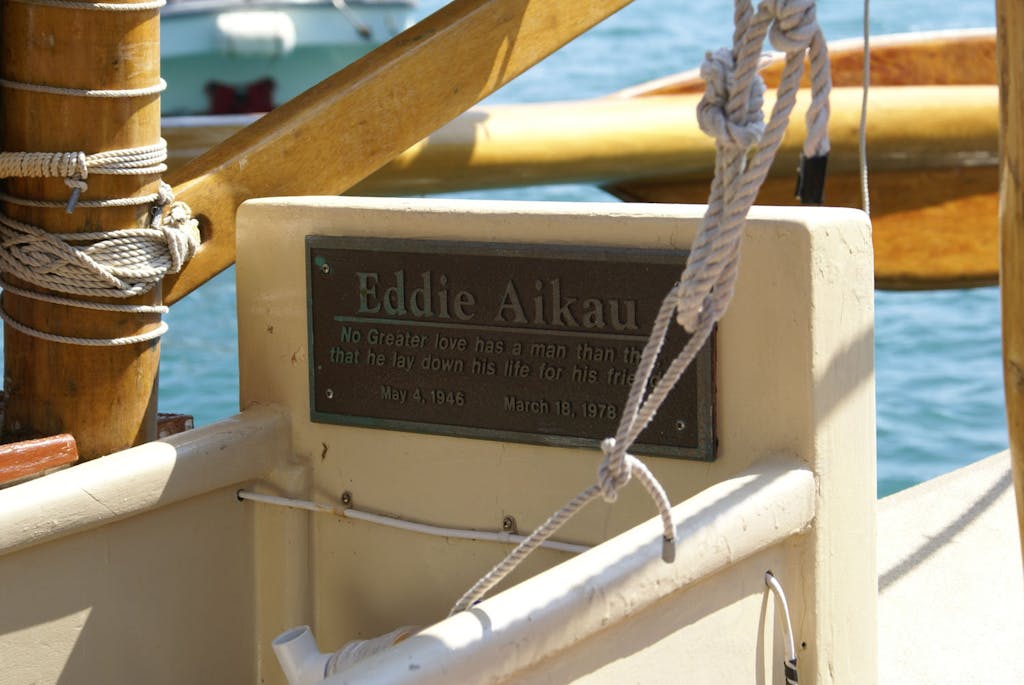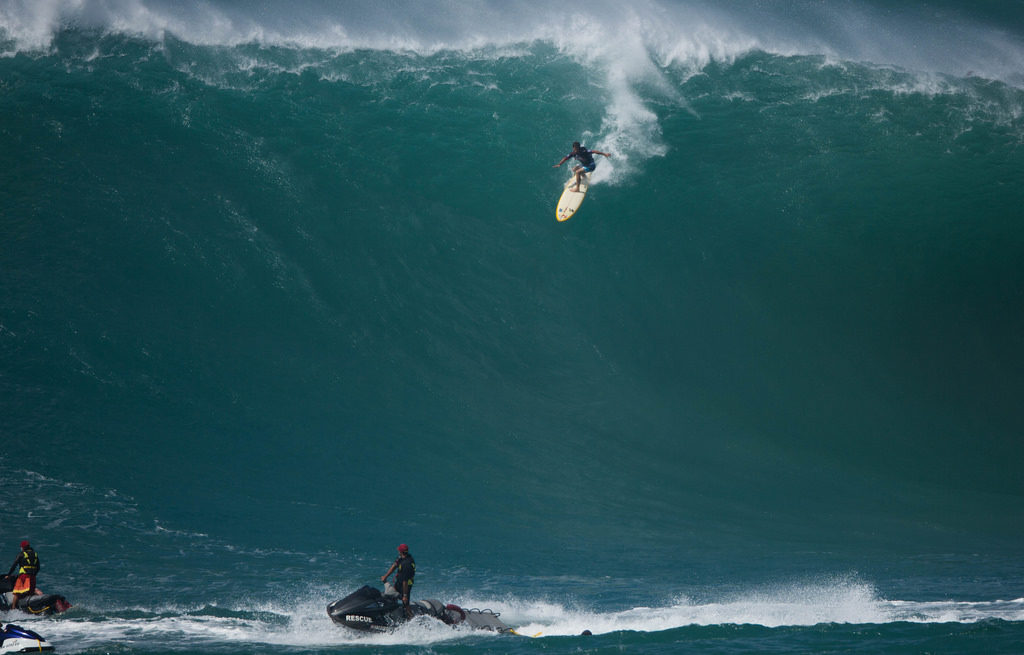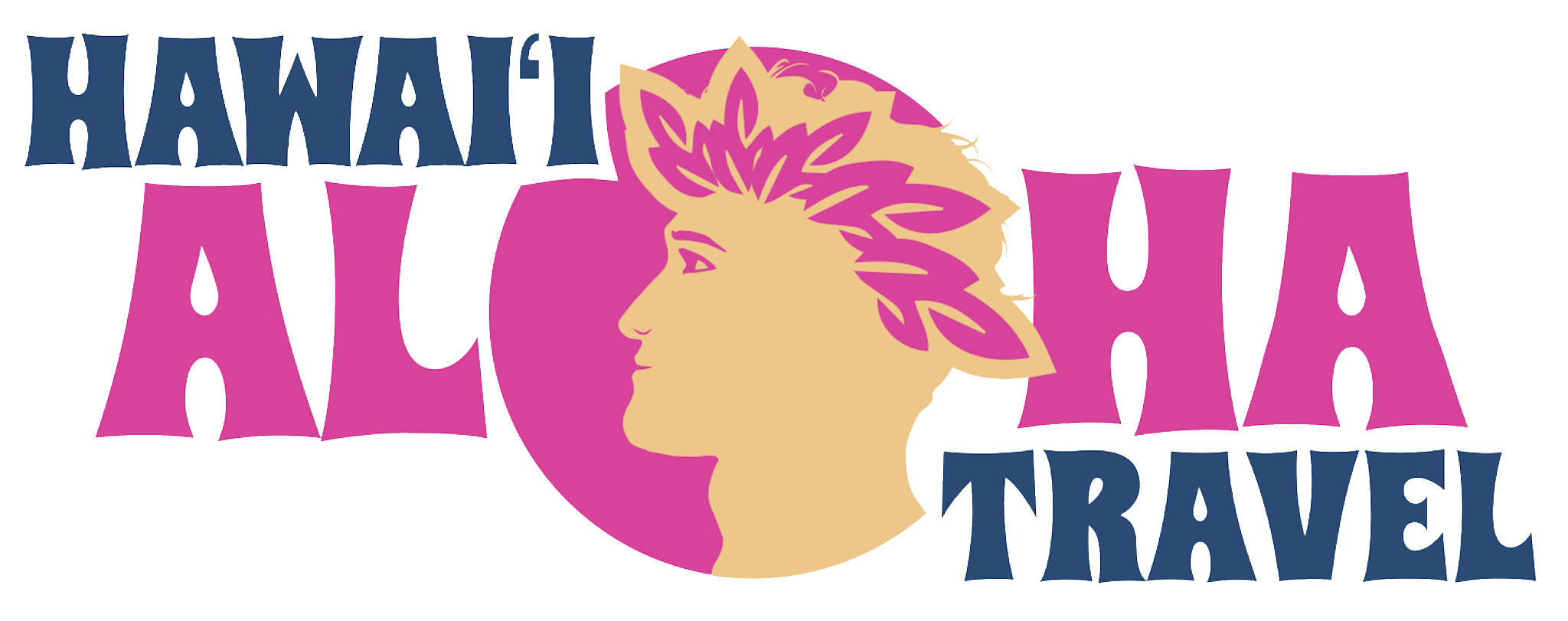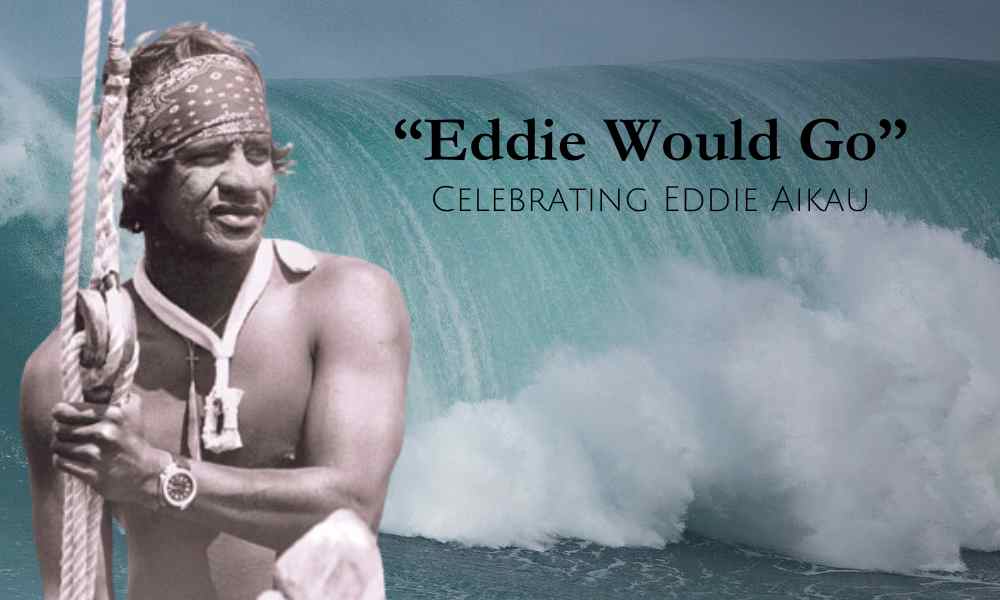Eddie Aikau was the first lifeguard to work on Oahu’s North Shore. He became a surfing legend and local hero before sacrificing his life to save fellow Hokulea voyagers in the 1970s. Today, he is honored throughout Hawaii as a symbol of aloha and Hawaii traditions.
Hawaii has a unique culture that’s brimming with its own stories and lifestyle. And, Hawaii also has its own set of real-life heroes – legends who influenced the islands and live on through their inspiring accomplishments.
One of our favorite “local heroes” is Eddie Aikau. However, this great surfer’s influence extends beyond the local regions of Hawaii. He competed across the world and brought with him a trademark Hawaiian spirit and determination, representing his home islands proudly.
You’ll likely hear about Eddie Aikau while you’re in Hawaii, so now’s a great chance to learn about this hero and why he is such a great symbol of the aloha spirit.
Who Is Eddie Aikau
Eddie Aikau was a lifeguard and big wave surfer who is famous his swimming and diving skills. As a true Hawaiian waterman, he became a symbol of aloha and heroism, all while competing in some of the biggest surfing competitions in the world.
The First North Shore Lifeguard
Edward Ryon Makuahanai Aikau was born on Maui in 1946. He moved with his family to Oahu as a teenager and eventually dropped out of school. He worked at Dole Plantation, which allowed him to save up for a surfboard and left his mornings free for catching waves.
In his early 20s, Eddie Aikau became the first official lifeguard on the North Shore. Posted on Waimea Bay, he often tackled 20-foot surf (or higher!) for his rescues. Most stories credit him for 500 or more rescues, a considerable number considering his career lasted only nine years.
Eddie Aikau: Champion Surfer
In 1967, before he was hired as a lifeguard, Eddie Aikau surfed the biggest wave ever recorded on Oahu’s North Shore. This feat catapulted him into the realm of legends, and he would become a surfing hero whose influence extended beyond his life.
He traveled to South Africa, South America, and Australia to compete in surfing events, but his greatest accomplishments occurred here in his home waters.
In 1977, Eddie won the Duke Kahanamoku Invitational Surfing Championship, becoming only the second Native Hawaiian ever to win the competition (the first was his older brother Clyde in 1973). Sadly, this would be the last competition that Eddie surfed in, as his next adventure would take his life.
Joining the Hokuleʻa
In 1978, Eddie joined the crew of the Hokuleʻa, a traditional Polynesian voyaging canoe. The Hokuleʻa was a symbol of the Hawaiian Renaissance, as it began voyaging in the 1970s during a resurgence in Hawaiian values and identity.
Joining the Hokuleʻa’s second journey was a great honor, and it reflected Eddie’s skills as a waterman and an embodiment of Hawaiian values.
But his short journey aboard the canoe came to a tragic end when the Hokuleʻa hit treacherous waters between the islands of Molokai and Lanai. The canoe capsized, leaving the crew without radio communications.
In an attempt to get help for his shipmates, Eddie Aikau paddled his surfboard toward Lanai. Though the rest of the crew was rescued from the stormy waters, Eddie was never seen again.
What followed was the most extensive air-sea search and rescue in Hawaiian history. But it was unsuccessful. Eddie Aikau, Hawaii’s hero and master waterman, was lost at sea.

A Lasting Influence
Eddie Aikau died young – he was 31 when he went missing off the shores of Lanai. But his influence extended beyond his death and endures today.
He serves as an inspiration for today’s Hawaiians who want to brave large waves, who want to serve as public lifeguards, and who want to perpetuate Hawaiian values.
We Blog About Hawaii Because We Love Hawaii
The Eddie Aikau Big Wave Invitational
One of the most significant ways that Eddie is honored is through The Eddie Aikau Big Wave Invitational, also called “The Eddie.” This is one of the world’s most prestigious surfing competitions, drawing scores of crowds to Oahu’s north shore.
It’s so popular that it’s been called the Super Bowl of surfing.
Though the competition aims to be an annual event, it only occurred ten times between 1984 and 2024.
See, the competition is called off if swell doesn’t consistently reach 20 feet between December and March. If officials see consistent swell, they’ll give contestants about a 72-hour notice of the competition. This gives worldwide competitors just enough time to travel from their home countries to Oahu’s North Shore.
This means that on the rare occasion that the competition is a go, it’s a huge deal in Hawaii, greeted with fanfare and celebration. Flocks of spectators come to Waimea Bay to see the world’s most impressive surfers tackle huge waves.
One of my favorite stories from the Eddie Aikau invitation happened in 2023, when on-duty lifeguard Luke Shepardson took an extended break from his work day to compete in the invitational – and won!
Another notable win happened in the competition’s early years – in 1986, Eddie’s brother Clyve Aikau won the invitational.

Honored Throughout Hawaii
Eddie’s modern influences extend beyond his prestigious surf competition. In fact, Eddie is honored in schools, culture, and media as a Hawaiian hero – an embodiment of Hawaiian identity and pride.
In 2010, Eddie Aikau was the second person inducted into the The Outrigger Duke Kahanamoku Hawaii Waterman Hall of Fame (the first was Duke Kahanamoku himself).
The Eddie Aikau Foundation aims to carry on Eddie’s ambitions by supporting Native Hawaiian education, outreach, and programs. They hold an essay contest for local students, support local arts and culture, and reach out to families of surfers who die in North Shore waters.
Eddie is also the subject of an ESPN documentary, “Hawaiian: The Legend of Eddie Aikau,” which is streaming on Disney+. And, if you want to learn even more about him, pick up his biography “Eddie Would Go” by Stuart Coleman
“Eddie Would Go”
Eddie Aikau is also responsible for one of Hawaii’s most iconic phrases: “Eddie Would Go.” While in the islands, you may see it on bumper stickers and t-shirts, or even hear it hailed on the beach.
The phrase is a rallying cry for anyone who wants to brave Hawaii’s big swells. After all, Eddie Aikau took on large waves, both as an athlete and as a lifeguard. And in doing so he became a hero, an advocate, and a legend.




